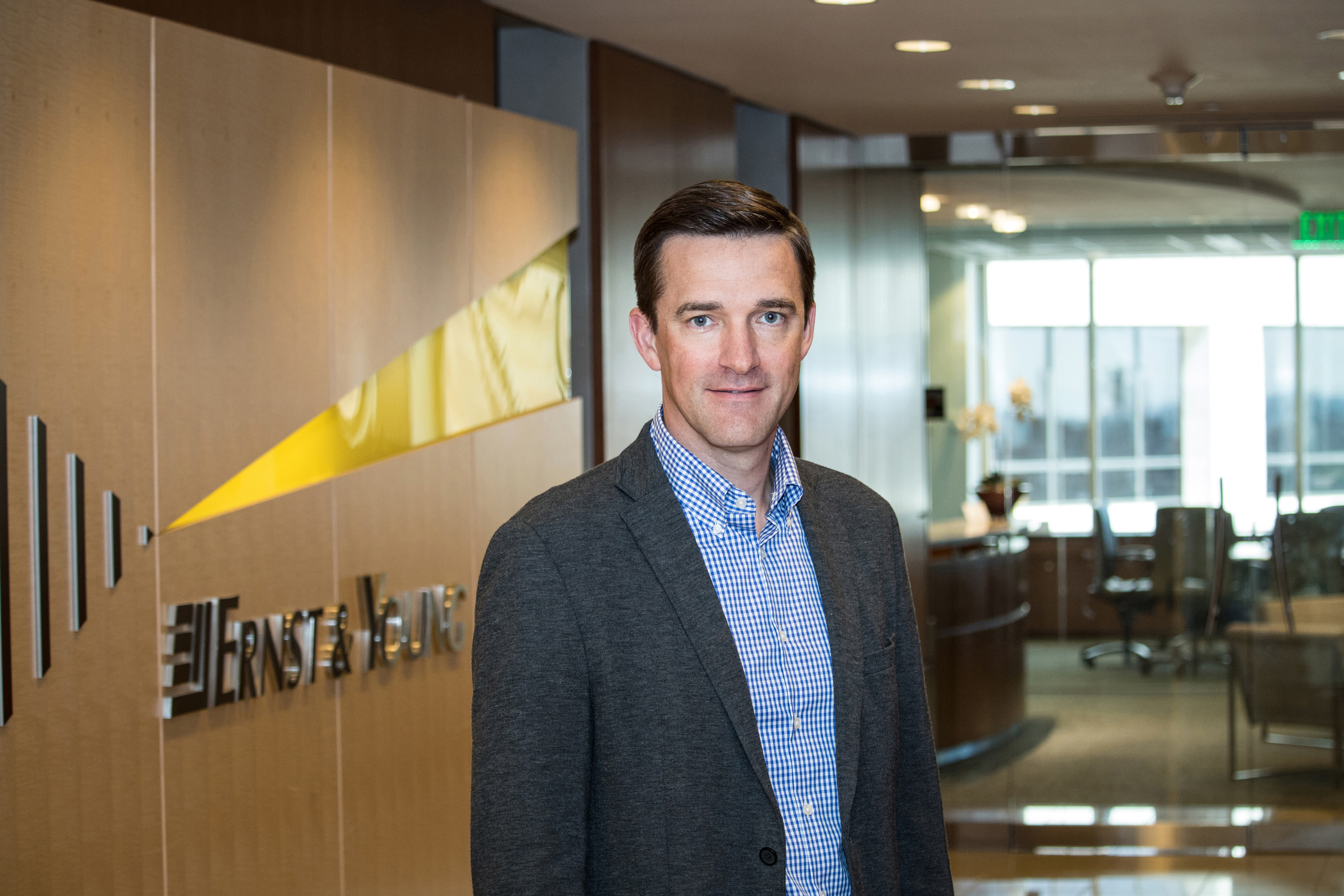EY refers to the global organization, and may refer to one or more, of the member firms of Ernst & Young Global Limited, each of which is a separate legal entity. Ernst & Young Global Limited, a UK company limited by guarantee, does not provide services to clients.
How EY can help
-
Our Corporate, Commercial and SME (CCSB) Banking services team can help your business navigate through rising market expectation. Learn more.
Read more
To gain a thorough understanding of the bank’s trade finance operations, the EY team first visited its operational facilities to see how its vast number of trade transactions were processed on any given day. At the time, the bank had a few thousand people, based around the world, who were manually processing approximately nine million trade transactions each year.
This on-the-ground analysis helped ensure a deeper understanding of the challenge facing the bank and its staff. During this phase, it also became apparent that advances in technological processes could provide the trade finance function with an opportunity to be more effective at collecting, digitizing and analyzing the data required to monitor financial crime.
This in-person research gave the EY team an opportunity to develop and consolidate their strategic vision on how to effectively apply automation and advanced analytics to the bank’s trade finance operations, while ensuring the necessary compliance procedures would be more than met.
The next generation of trade finance
EY’s experience in compliance, risk and technology consulting in financial services, together with SAS’ analytics platform, combined to help enable the creation of a new framework and toolkit for addressing this core challenge: the Trade Risk Analytics Compliance Kit (TRACK).
TRACK harnesses the power of advanced analytics and robotic process automation to transform the way that trade finance teams identify and control risk. Its risk analytics scoring engine can analyze large volumes of trade transactions using natural language processing, text analytics and third-party data.
It powers the automated review of millions of transactions via ML models, while simultaneously addressing complex risks in international trade, resulting in a unified view of the risk. This includes detecting patterns of illicit trade finance activity as bad actors employ increasingly sophisticated techniques to launder money, illegally transport goods, and avoid sanctions and boycott.







